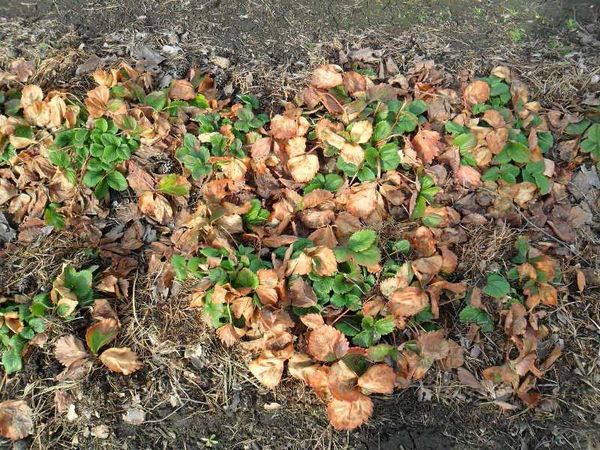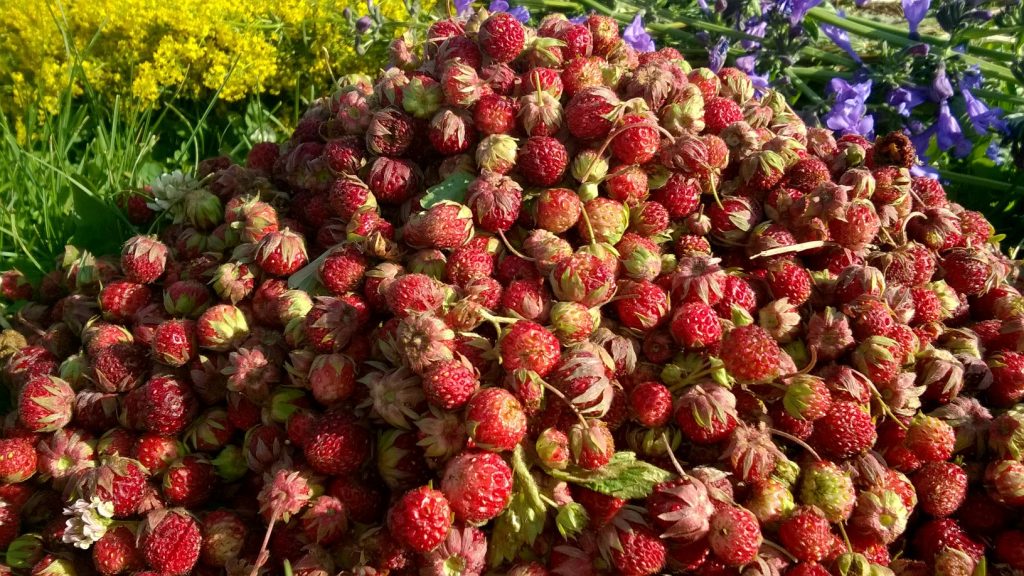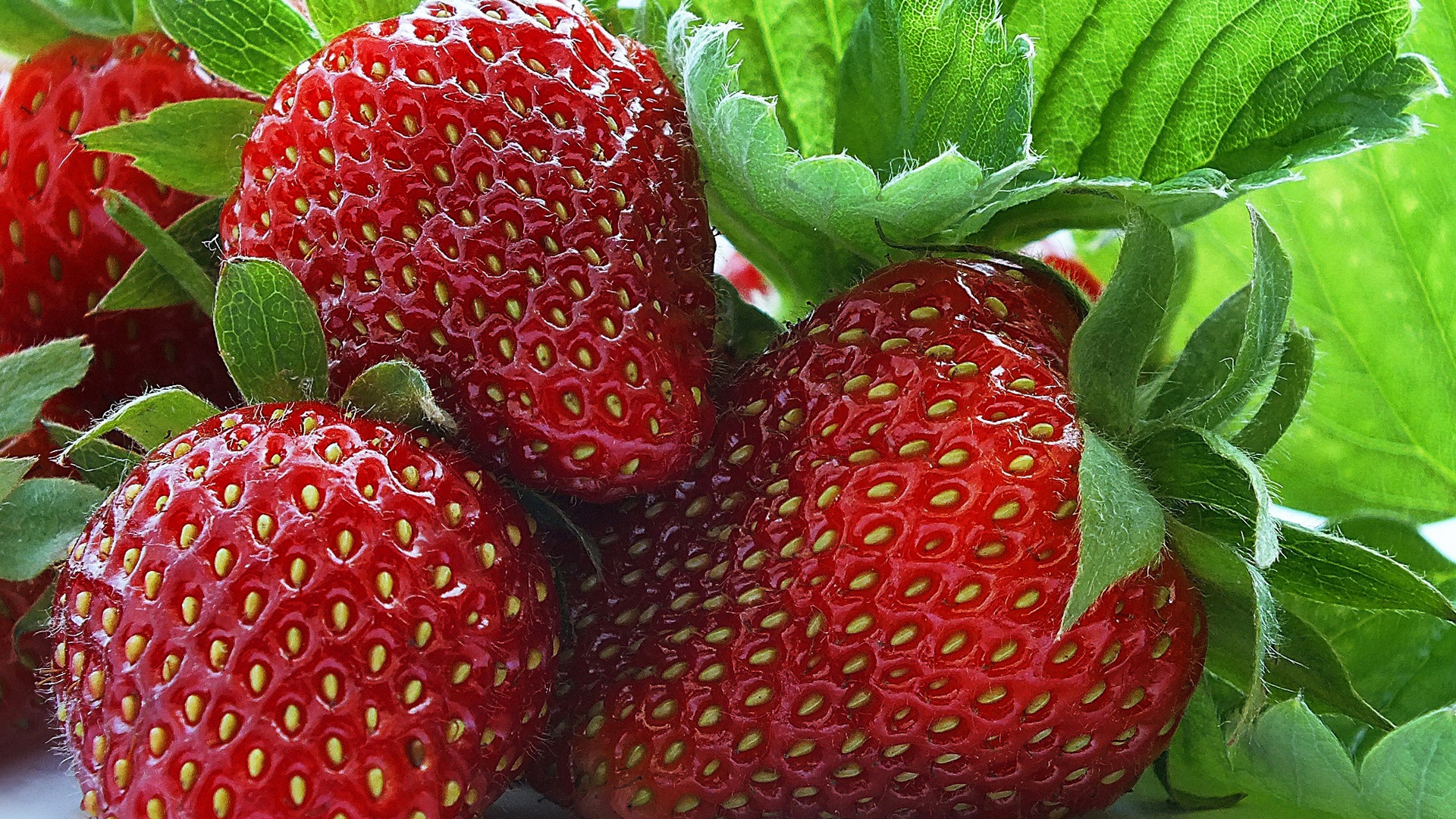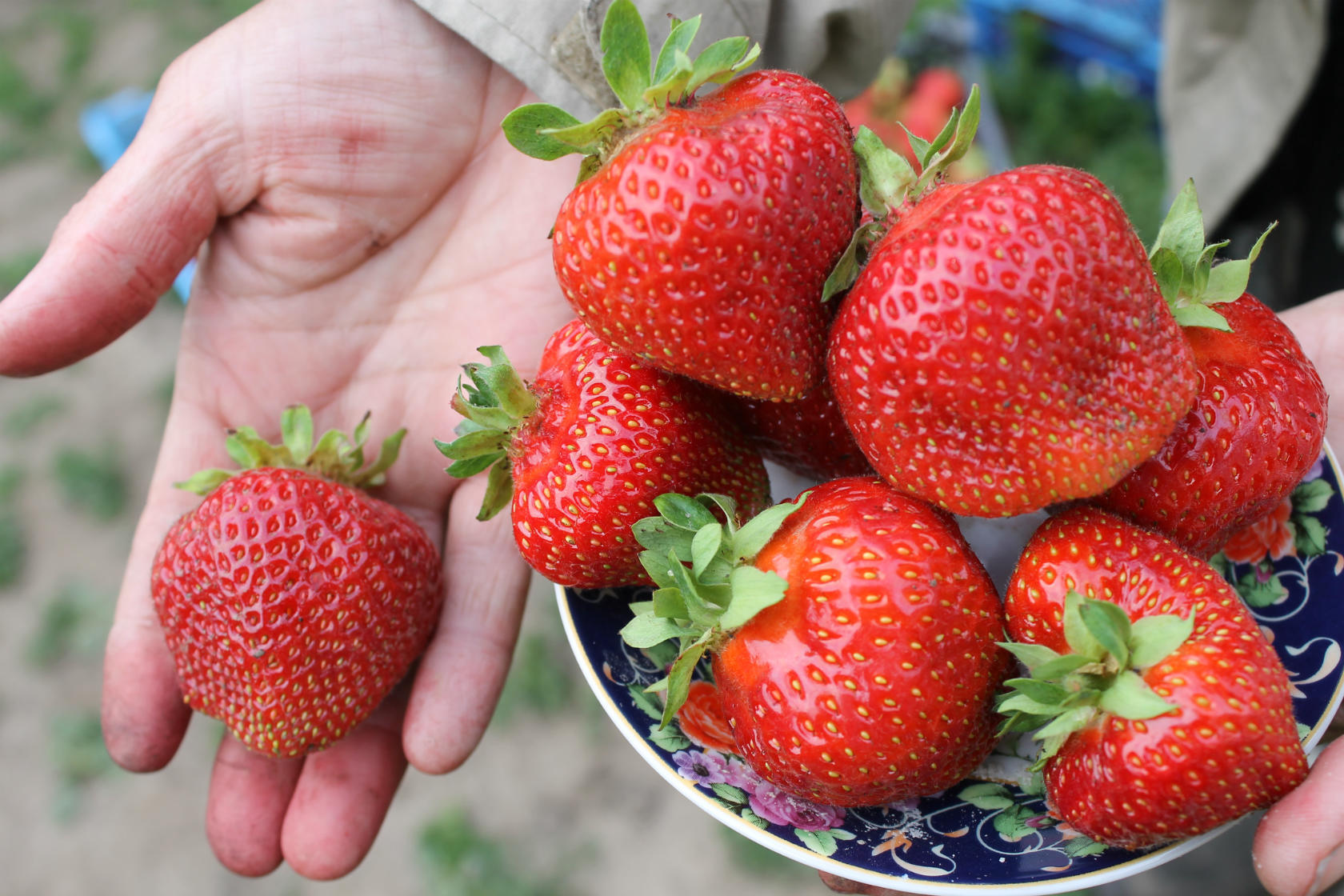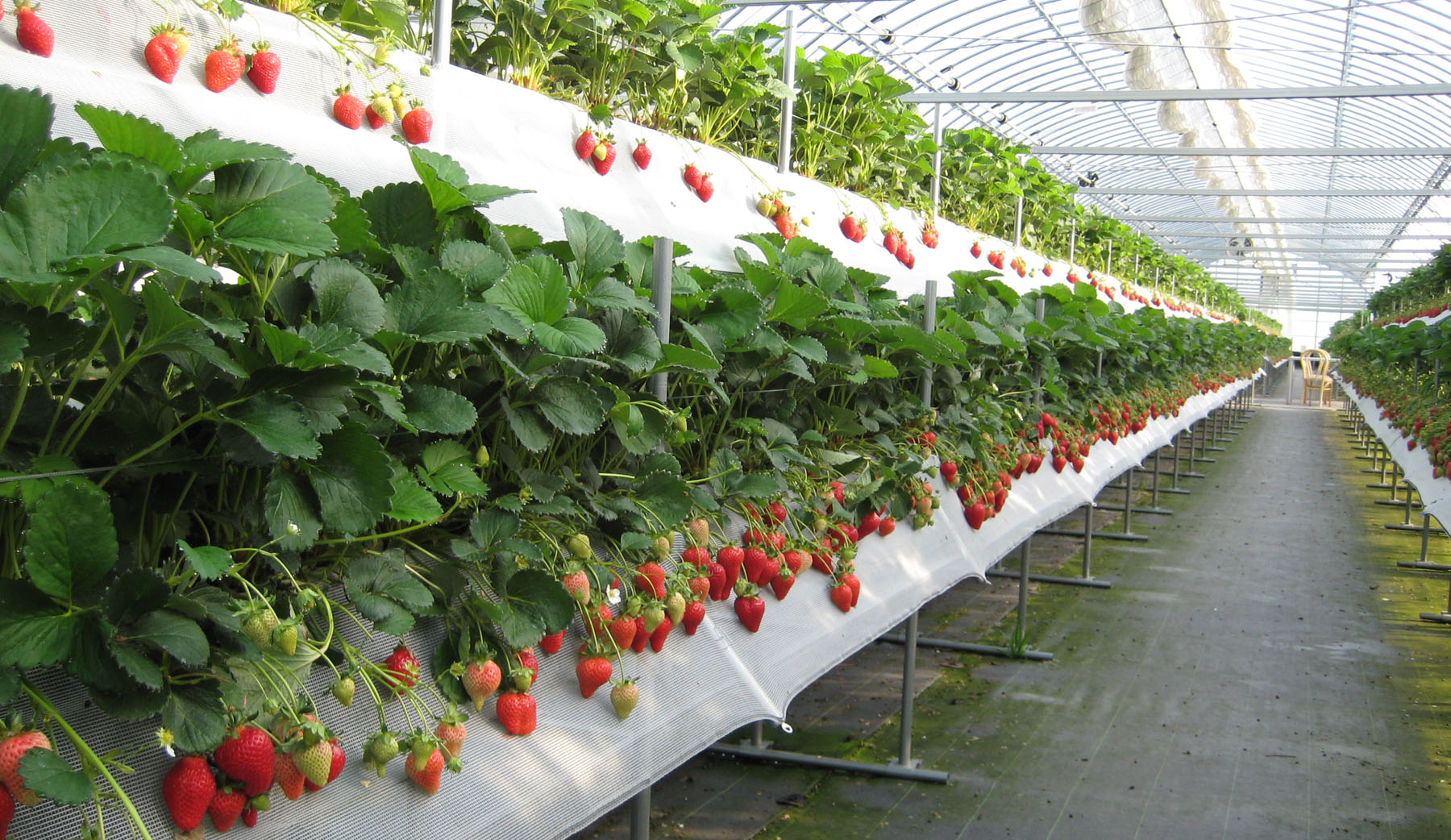What does spring strawberry care include? Removal or loosening of the topsoil, destruction of weed residues, as well as excess sprouts of the strawberry itself, cleaning seedlings from dry leaves, fertilizing, watering, treatment from pests and diseases. Moreover, the rules of care will differ significantly depending on the variety, as well as the soil on which the berries are grown.
Terms of gardening works
It is necessary to start caring for the seedlings previously planted in the country from the period when the average daily temperature is kept at +9 degrees for 3 days and at the same time at night it does not drop below +5. At this time, the soil begins to thaw actively, and the first thing to do is to remove its top layer of 3-4 centimeters - this will accelerate the thawing of the root system (later the collected soil is used to prepare top dressing or form beds).
In no case should you immediately start sprinkling each seedling with a mixture of humus and mulch - this will just slow down the thawing process of the soil and the subsequent flowering of strawberries will drag on for 5-10 days. Accordingly, the harvest will also be later.
What strawberry care is needed in spring
After removing the top layer of soil, the remaining weeds and their roots are removed. It should be borne in mind that some of them germinate to a depth of 20–30 cm, so deep loosening of the soil is indispensable (it is recommended to dig it up by hand or cultivate it with a motor cultivator with attachments-paws). The following rules should be followed:
- Do not use herbicides for soil treatment (they contain chlorine, which significantly reduces the strawberry yield);
- If there is mulch, it is also removed (this procedure had to be performed in the fall);
- If there are diseased seedlings (powdery mildew, root rot) - they are completely dug up and burned.
If the seedlings were grown under spunbond (agrofilm), the primary treatment of the soil includes only the removal of diseased plants. Also, the film is being repaired (the resulting holes are sealed with dense masking tape) and its strengthening along the perimeter of the site (just dig in).
Next, you can start to remove sprouts (whiskers) that clutter up the aisles, and dry strawberry leaves. The procedure is recommended to be performed using a well-sharpened copulating (grafting) knife - this way the risk of damage to the seedlings themselves is minimized. If there is none, then use a clerical knife and change the blades as often as possible (if a diseased plant is being processed, then it is necessary to minimize the risk of transferring the infection to other seedlings). It is necessary to cut off the mustache and leaves as close to the rhizome as possible, but without affecting it. There is no need to process the cut points.
Which sprouts should be removed? If there is no goal to grow a mother plant, then all that fall into the aisles - from them the yield will be minimal, but they significantly complicate the subsequent processing of the soil. The optimal distance between rows is from 50 to 100 cm, between seedlings - 25–30 cm.
Top dressing
After preliminary preparation of the beds, it is necessary to start feeding. It is recommended to adhere to the following rules (per square meter):
- for loamy soils - evenly distribute peat and plant humus over 1 bucket;
- for sandy soils - add 0.5 buckets of humus, peat, turf soil and 2–3 kg of wet sawdust;
- for peat soil - add 1 bucket of humus and 10-12 kg of sand (better than river sand - it retains moisture well);
- for clay soils - add a mixture of sawdust and humus (0.5 buckets of sawdust, 1.5 buckets of humus).
In addition to the above recommendations, add 2 tablespoons of nitroammophoska for each square meter of land. For a more even distribution of top dressing, re-cultivation is carried out to a depth of 10–15 cm. It is important at the same time to indent 10 cm from the strawberry seedlings so as not to hurt their root system.
Treatment from pests and diseases: advice from experienced gardeners

Dots and spots on strawberry leaves indicate diseases with anthracnose or any of the types of spotting.
If necessary, additional seedlings are planted before this stage (if some have died). Most diseases in strawberries are caused by fungal infections that multiply through spores. For the prevention of beds, it is recommended to treat with fungicides such as phytosporin. Apply it like this:
- the concentration of the finished solution is 110 ml per 30 liters of water;
- water directly under the root without adding any groundbaits (about 100 ml each);
- for the next 3 days, do not process or water the plants at all.
Such processing is performed at the beginning of May and after 1 month. The specified volume is enough for about 300 bushes.
But among the pests of strawberries, the most common are bear (cabbage) and May beetles. One of the most effective instencticides against them is Actellic. Use like this:
- dilute the contents of 1 ampoule in 1.4 liters of water at room temperature;
- irrigate each seedling, holding the sprayer at a height of about 20-30 cm;
- one ampoule is designed for 7-8 sq. m (with a width between the rows of 80 cm).
Re-processing with Aktellik is performed as needed, but not earlier than after 14 days.
Does care differ by region
It differs, but not significantly. Only the local soil, the groundwater level (the higher, the higher the bed is), as well as the average daily temperature in the spring months are taken into account. For example, to start caring for strawberries, you should start:
- Moscow and Moscow region - from mid-May or early June;
- Kuban - early to mid-May;
- Altai - from early to mid-June.
Above are conditional recommendations. You should always focus on the average daily temperature.
Differences when working with different types of strawberries
There are several types of strawberries, so each of them must be looked after properly. Found everywhere - this is garden, but there is also a greenhouse, remontant (which gives several harvests in one year), shpansky, strawberries. The principle of spring care differs significantly only in the greenhouse - it is grown in special cassette pots by weight (on racks). And the main differences in terms of care relate only to the frequency of watering and feeding. For example, for a remontant, re-introduction of humus in the summer and subsequent mulching is mandatory. For strawberries, potash and nitrate fertilizers are contraindicated.
Video about early care for strawberries in the country
In total, caring for strawberries in the spring only means preparing the soil and beds, cleaning tubers from weeds and dry leaves, as well as the subsequent introduction of top dressing, and prevention of diseases. This complex is carried out for 1.5 - 2 weeks, in the future, only periodic watering at the root (1 time in 4 - 6 days) is required until the first inflorescences appear.
